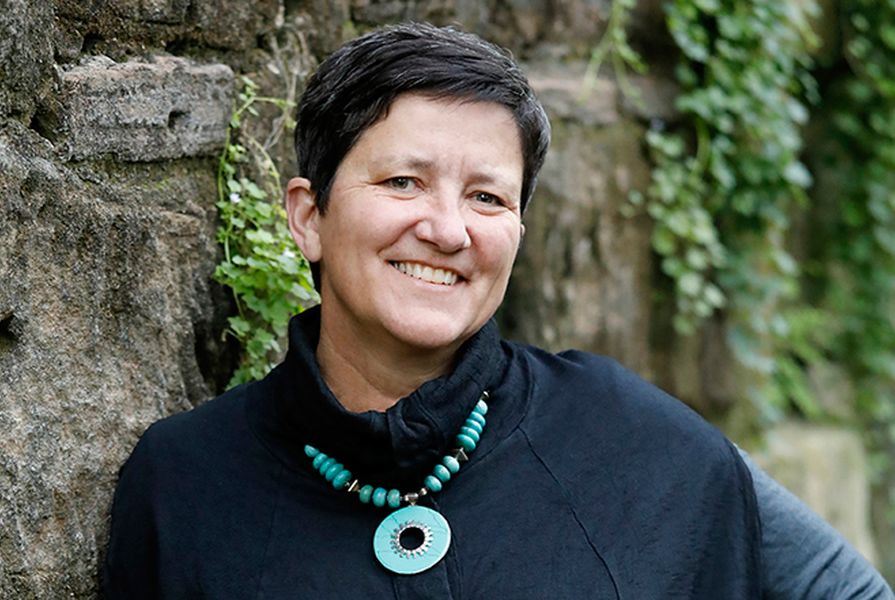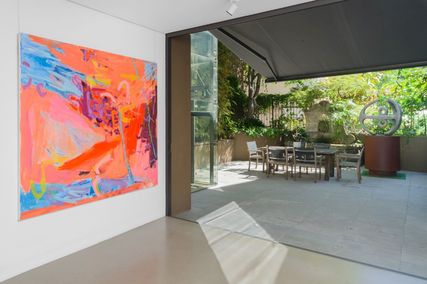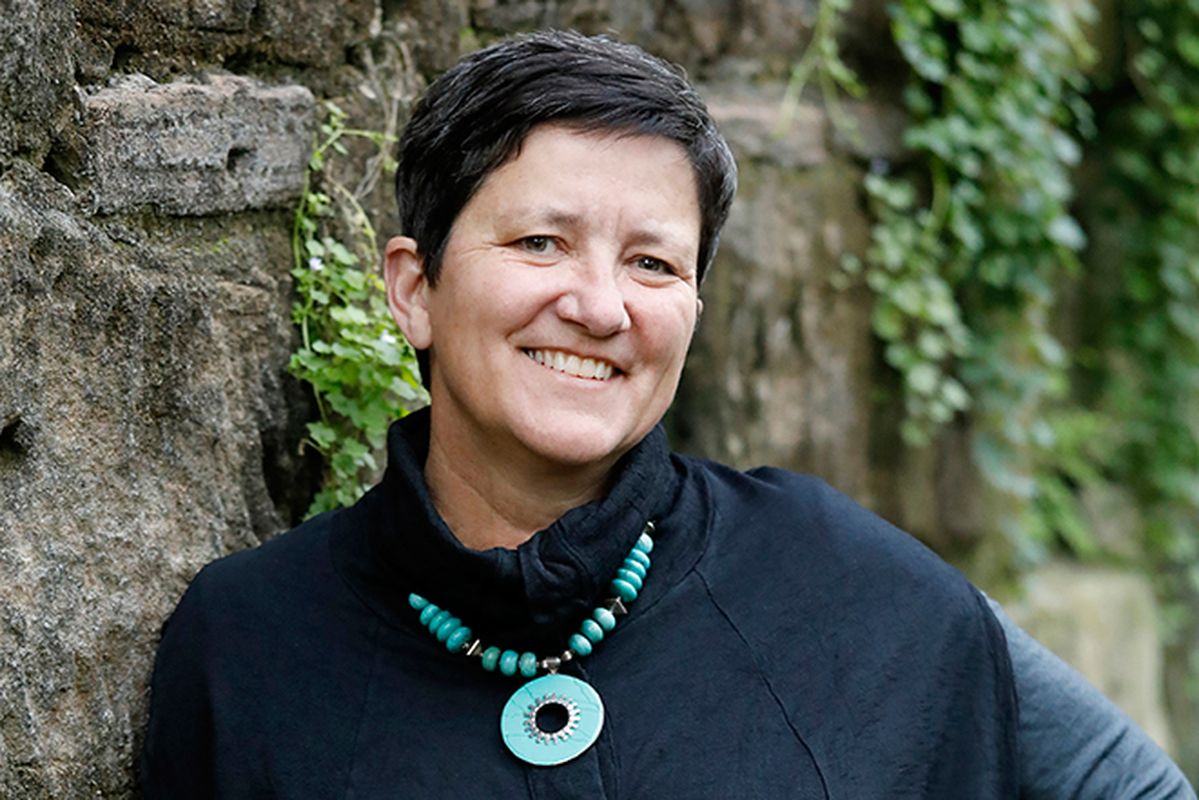This call to action has highlighted things we haven’t necessarily focused on before, particularly carbon in buildings. People have been very focused on operational carbon but not necessarily embodied carbon, which is going to become increasingly important. As architects, we are so well placed to make a big dint in reducing carbon in the atmosphere.
If we continue to design buildings in a business-as-usual way now, in five or ten years’ time, [these buildings] will be behind where they need to be. It’s imperative that we help create buildings for our clients that are resilient and future- proofed, that people will want to rent or buy in the future, and that the insurance companies will actually want to insure. It’s not just a nice-to-have, it’s really serious – this is what we have to be doing. There are a number of forces at play that will help move this big ship in the right direction.
But apart from that, buildings that are naturally comfortable don’t take a lot of energy to heat and cool, and are much better to be in. The days of the totally glazed skyscraper being cooked all day by the sun are, thankfully, over.
Architects have a really big role in helping their clients shape their projects into the sustainable projects they need to be. Clients do look to their architects for leadership in providing valuable buildings or valuable outcomes for them. And the most valuable outcome we can provide is a building that is really low-carbon in its construction and operation, and really resilient for different weather conditions going forward. Architects need to bring their clients along on that journey and they do need to be able to walk away from a project when the client won’t or doesn’t want to come on that journey.
Architects need to design buildings that operate in a net-zero-carbon way: concentrate on making the building envelope as efficient as possible and then supply all of the power with renewable energy, whether it be on the building, which is ideal, or purchased from somewhere else. That is the very simplest thing and people can do that right now.
An efficient building envelope is one that keeps the heat out in summer and keeps the heat in in winter. [These buildings] don’t let unwanted sunlight in in summer but they do let desired light in in winter. They’re very tightly sealed so you can control how much energy comes in and how the energy moves around the spaces. They have operable windows so when the weather is good, you can open them up and get fresh air in, rather than having to rely on airconditioning 100 percent of the time.
The other thing is to focus on keeping existing buildings, improving their envelope and really valuing the embodied energy of the existing materials. Build less, build smaller and work with landscaping and other things to help make those environments function better and be much more desirable to be in.
Read more interviews and articles from the climate and biodiversity emergency series.
















